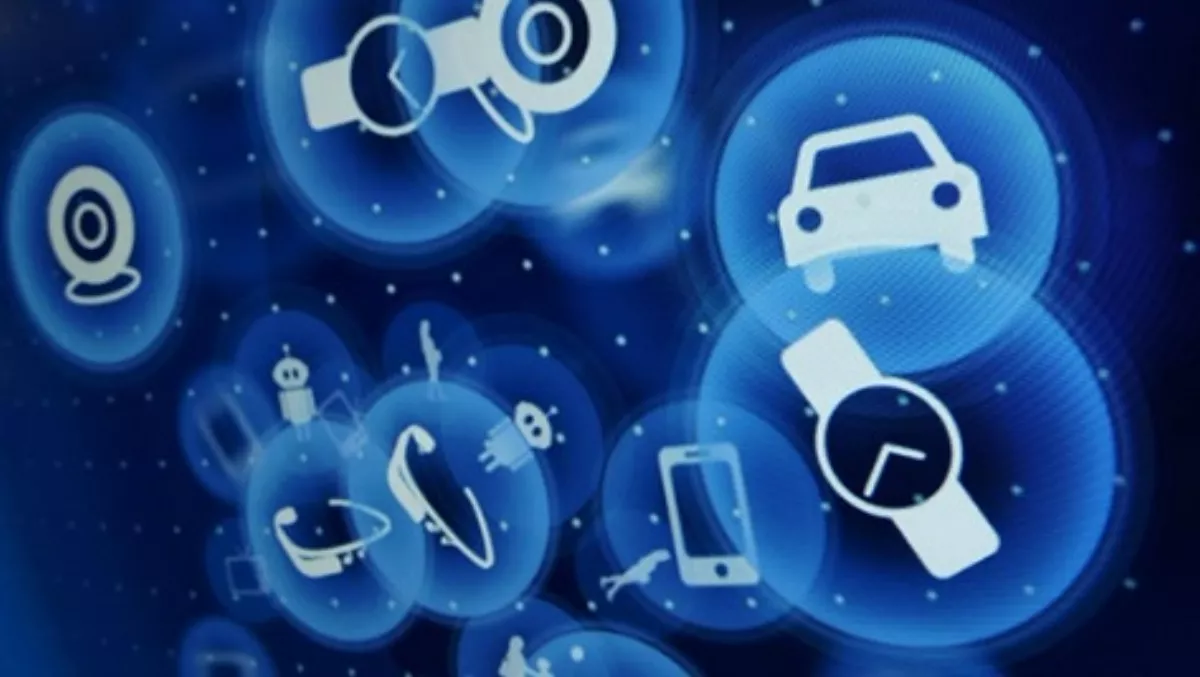
In its recent Internet of Things study, Acquity Group examines consumer adoption of connected devices and smart technology.
“While the Internet of Things is still in its infancy, this technology is poised for massive growth in the next decade,” the report claims.
The report says there will be more application and adoption of IoT technology as it becomes less expensive to integrate technology into physical objects.
The report indicates that the IoT will have major implications for both B2B and B2C companies over the next five years.
Acquity Group surveyed more than 2,000 consumers on their behaviour and preferences concerning the Internet of Things and expected adoption of connected technology.
The report argues mainstream consumer adoption of IoT devices and technology is inevitable.
According to the research, consumer adoption of network-connected devices, such as in-home smart appliances and wearable technology, is on the rise. Thirty percent of consumers already own or plan to purchase an in-home IoT device in the next two years, the study reveals.
“While consumer adoption of connected technology will be more gradual in the short term, widespread adoption will be inevitable over the next five years,” the study says.
Currently, 7% of consumers own a wearable IoT device and 4% of consumers own an in-home IoT device. Nearly two-thirds of consumers plan to buy an in-home device in the next five years and wearable technology ownership will double by 2015, increasing from 7% in 2014 to 14% by 2015. By 2016, wearable technology is expected to double again and reach a total of 28% adoption rate.
Among wearable technology devices, wearable fitness applications and technology stand to see the most growth in the short term, with 13% of consumers planning to purchase within the next year and a total of 33% looking to adopt in the next five years, the study shows.
Smart clothing and heads-up displays are the least likely to catch on, with only about 3% of consumers expecting to purchase either type of device in the next year.
The report shows that over the next five years, 14% of consumers expect to purchase smart clothing and 16% expect to purchase a headset wearable device.
A lack of consumer awareness about the IoT is just one of the barriers facing businesses and retailers, the study shows. Although the study demonstrates mass adoption of connected technology is likely in the long term, the majority of consumers (87%) hadn't heard of the Internet of Things.
The top barrier to mass adoption of this technology, according to Acquity Group's research, is a lack of both awareness and value perception among consumers. Forty percent of consumers did not know that wearable technology was available in the marketplace, according to the report.
Acquity Group's study suggests an overall shift in consumer perception about connected technology and demonstrates openness for adoption in the coming years.
“Long-term potential adoption rates across categories of consumers underscore the significant opportunity for retailers and companies,” the report explains.
